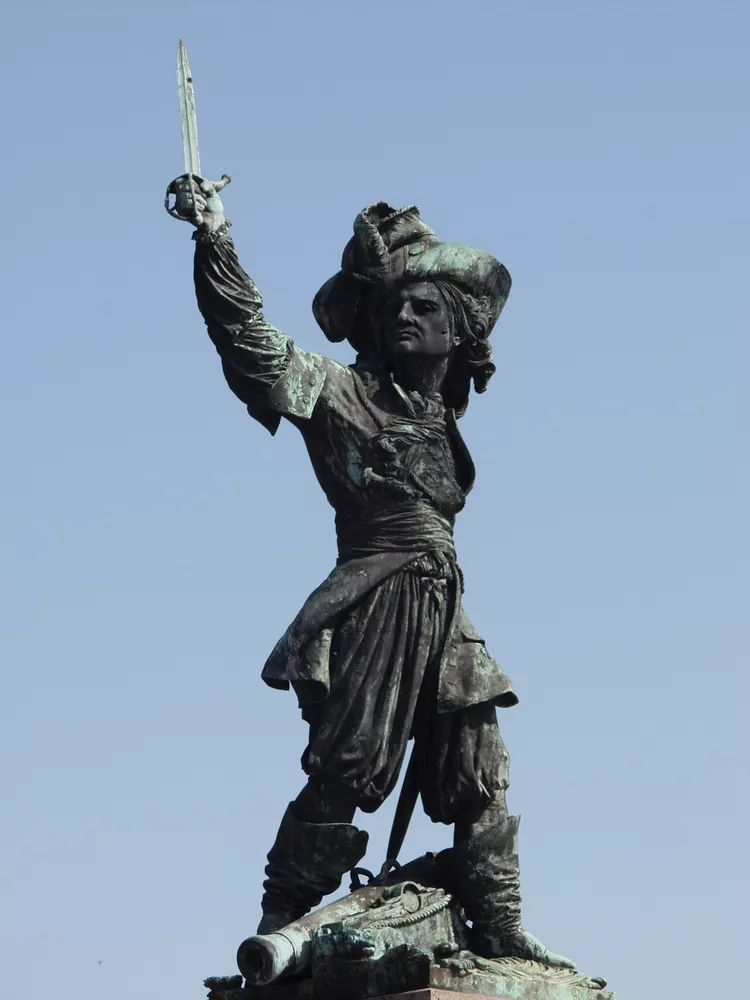Overview of Dunkirk’s Historic Sites
Central Dunkirk
:max_bytes(150000):strip_icc():format(webp)/3660027594_605e37e81b_o-5b0b44d63037130037bf9eb3.jpg)
Everything in Dunkirk circles around Jean Bart, the heroic French privateer. His statue, located in the central Place, has survived the destruction of wartime and remains a focal point of the city. It’s surrounded by various shops, including food establishments and the nearby Centre Marine, which features 23 shops.
Bassin de Commerce
A short stroll from the central square leads to the Bassin du Commerce. This area experienced significant damages during World War II; however, it continued to serve vital functions, including the evacuation of British troops during Operation Dynamo.
The Operation Dynamo Museum
:max_bytes(150000):strip_icc():format(webp)/dynamomuseumdFlament0294-56a3ab515f9b58b7d0d31d10.jpg)
The Operation Dynamo Museum (Mémorial du Souvenir) is dedicated to the Battle of Dunkirk and provides an engaging insight into this significant event. Visitors can start with a compelling 15-minute film that immerses them in the historical context.
The museum boasts diverse exhibits, including photographs, maps, uniforms, propaganda materials, and a unique flag from the evacuation. Moreover, it is staffed by enthusiastic volunteers ready to assist and answer questions, making it a must-visit destination.
Memorial to the Allies
:max_bytes(150000):strip_icc():format(webp)/Flament0287dunkirk-56a3ab555f9b58b7d0d31d13.jpg)
The Mémorial des Alliés, built with paving stones from the harbor, honors the bravery of Allied forces during the Operation Dynamo evacuation. The memorial stands as a symbol of resilience and remembrance for those who fought valiantly.
Dunkirk Cemetery
:max_bytes(150000):strip_icc():format(webp)/dunkirkcemFlament0278use-56a3ab563df78cf7727e8902.jpg)
The Dunkirk Cemetery, located along the rue de Furnes, protects the memory of thousands, including 4,506 British and 6 Indian soldiers. Two stone pillars mark the entrance to the British War Graves section, which is a touching tribute to those who either died during the operation or were captured without known graves.
In addition, the cemetery contains 793 World War II burials, alongside war graves for Czech, Norwegian, and Polish soldiers, symbolizing the diverse range of sacrifices made during this tumultuous time.




